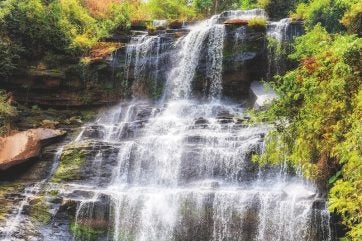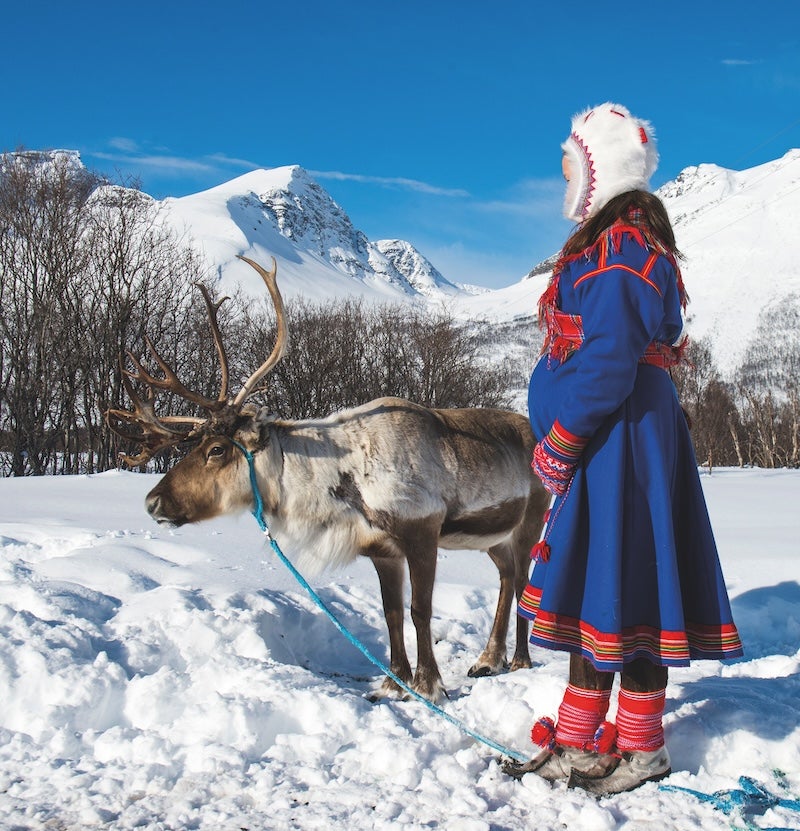
Completed in 1965, the Akosombo hydropower project was Ghana’s first to be constructed. Since then, according to new research led by Bright Agyemang-Boakye, the country has taken a somewhat slow pace in terms of exploring and expanding its hydropower potential, leading to an unstable power supply. Unless practical steps are made towards expanding the energy system to satisfy continuously rising demand, the projected energy coverage target of increasing from 20-80% between 2018 and 2030, will always “remain a myth”. And with the majority of the underserved population located in rural and peri-urban areas, it is anticipated that instead of larger hydroelectric facilities, “modest” ones may be able to accommodate such energy needs
With the above in mind, Agyemang-Boakye’s study team from Ghana focused on identifying potential locations for the development of small hydropower systems on the Pumpum River Basin (PRB). Their work looked at the prospects and challenges for hydropower in Ghana, considering the Kintampo waterfalls which lies on the Pumpum River, an arm of the Black Volta.
Kintampo Waterfalls is one of the highest waterfalls in the Bono East Region of Ghana, concealed in the forest and measuring about 70m following multiple stages and cascades, with the biggest drop measuring 25m in height.
Ideal sites for small hydropower (SHP) development here were identified using Geographic Information Systems (GIS) and the Soil and Water Assessment Tool (SWAT). By utilising remote sensing, basin parameters were generated and simulated for hydropower analysis. The study employed SWAT to examine potential hydropower generation using the watershed’s elevation, slope, land use, and varieties of soil.
Thirty possible hydropower locations were discovered by applying acceptable head, stream order, and stream reach criteria. Based on head and flows, six dam sites and three run-of-river sites were identified as being suitable for small hydro development. The minimum and maximum heads were 10m and 15m respectively, with a minimum head of 10m being one of the requirements for site selection.
As the authors go on to explain, flow duration curves were built for the suggested sites with 65-90% dependability. This means the total annual firm energy that can be produced from the nine projected sites range between 0.69 and 12.07GWh. The results of the model’s calculations included maximum hydraulic losses of 6% for both projects, power capacities of 1521kW for the run-of-river and 2290kW for the dam, and electrical energy transmitted to the grid from the run-of-river and dam of 11,932MWh and 17,983MWh, respectively.
According to the research, the run of river project had a simple payback of 9.2 years, an initial cost of US$1,098,404, and an estimated annual revenue of US$119,315. Meanwhile, the dam project had a simple payback of 10.9 years, an initial cost of US$1,954,681, and an estimated annual revenue of US$179,832.
The authors say that their study recommendations are comprehensive and cover both technical and non-technical issues. They include suggested sites and that as part of a cascade project, at least three SHPs should be installed on the Pumpum River. Other recommendations covered hydro-climatic data and flood danger, and engineering and geological evaluation. It was also recommended that the project be undertaken by the government of Ghana to assist the development of local industries, and so that the significant amount of energy that can be harnessed from these planned locations be fed into the national grid.
Reindeer opposition
Indigenous opposition to, and the acceptance of new small hydropower development in a key region for Sámi reindeer herding in northern Norway, was the focus of a recent study published in Energy Research and Social Science by Engen et al. From 2010 to 2018, the proliferation of SHPs on reindeer pastures has caused increasing concern among Sápmi reindeer owners.
The Sámi are the indigenous people of northern and middle Fennoscandia. Reindeer have been important to their culture and livelihood for millennia, and reindeer herding is carried out on approximately 40 % of the Norwegian land surface, mainly in northern and central regions.
Engen et al say there is a need to not only understand the ecological and social impacts of small hydropower development, but to also assess the opportunity for indigenous people to oppose and influence such changes. Limited public attention to SHP in the region has left an impression that its development has been relatively unproblematic for indigenous Sámi land use. However, in their study, the authors looked more closely at this assumption.
In Norway, a few studies have looked at the effects of SHP on reindeer herding, but none have, according to the authors, explored Indigenous Sámi opposition to such development. A lack of public attention and seemingly low conflict level on this matter prompts questions such as:
- Are there low levels of SHP development?
- Is SHP perceived as a low impact technology and thus as more acceptable to indigenous representatives than perhaps other forms of renewable energy?
- Have indigenous representatives been opposing SHP development without much public attention.
Engen et al found that there were 33 SHP plants licensed, built or under construction in areas used for reindeer pasture in the study region. Sámi reindeer owners and their representatives had opposed a majority of these over the eight-year study period. Reindeer owners also opposed a higher proportion of these cases than other citizens, serving as an indication that reindeer owners are among the groups most impacted by new SHP projects.
The study results also show how indigenous opposition “is more nuanced than current stereotypic views of reindeer owners being against all land development”. Although reindeer owners opposed some small hydro projects, they also explicitly accepted others. And, as the authors point out, it is interesting that reindeer districts seem to differ in their acceptance of SHP.
The authors say that such variability can be attributed to different factors such as perceived project impacts, renewable energy views, trust in the actors involved (ie the developer and the licensing authority), or knowledge of and influence over the decision-making process.

Cautious about policy recommendations
As their study was largely exploratory, the authors are cautious about making policy recommendations at this stage, but add that areas for further research have been identified. For example, Engen et al say they are puzzled as to why SHP development and indigenous land use have gained little media and academic attention. However they add that: “Since our energy opposition measure only captures attitudes at the proposal stage of SHP development, one explanation could be that attitudes became more positive at later stages. The developer and licensing authority could, for instance, have succeeded in accommodating concerns raised in the public hearing statements and, as such, lowered the conflict level.”
Further investigations into what constitutes acceptable and unacceptable SHP projects for Sámi reindeer herding seem warranted, along with reasons for the discrepancy between opposition. Such knowledge, the authors add, may help the licensing authority identify contentious projects at an early stage. In conclusion they say that given the potential for and interest in expanding renewable energy, indigenous opposition to SHP development warrants greater attention. More research should be devoted to understanding SHP impacts in an indigenous Sámi context, as well as finding ways to transition to a green future in a socially acceptable and just way.






